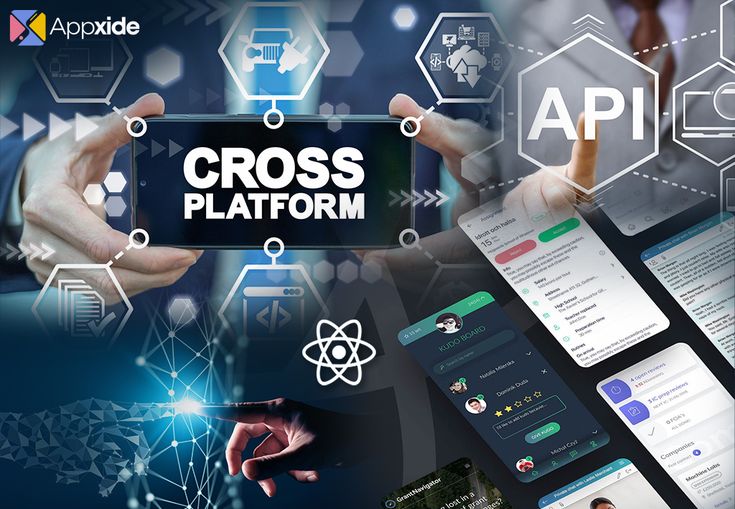Cross-platform development enables developers to create applications that function across multiple mobile platforms, such as iOS and Android, using a single codebase. This approach has become increasingly vital as it simplifies the development process and extends the reach of applications without the need to duplicate efforts.
What is Cross-Platform Development?
The basic concept of cross-platform development involves utilizing frameworks or tools to build applications that run on various operating systems. Unlike native development, which requires separate codebases for each platform, cross-platform tools allow developers to write code once and deploy it across multiple platforms. This contrasts with native development, which necessitates creating distinct apps for each operating system, resulting in higher costs and longer development timelines. Cross-platform development offers a unified codebase, reducing duplication and streamlining maintenance.
Benefits of Cross-Platform Development
One of the primary benefits of cross-platform development is cost efficiency. Traditionally, developing an app for multiple platforms involves creating and maintaining different codebases, which drives up expenses. Cross-platform development mitigates these costs by enabling the use of a single codebase for all target platforms. Additionally, cross-platform development leads to significant time savings. By building apps for various platforms simultaneously, developers can accelerate the development cycle, allowing updates and new features to be implemented more quickly. Code reusability is another major advantage, as developers write code once and deploy it across multiple platforms, saving substantial time and effort compared to developing separate native applications.
Popular Cross-Platform Development Frameworks
Several frameworks facilitate cross-platform development. React Native, developed by Facebook, is renowned for its ability to create native-like applications using JavaScript and React. This framework enables developers to build mobile apps with a single codebase while maintaining performance and user experience comparable to native apps. Flutter, created by Google, utilizes the Dart programming language to deliver visually appealing and high-performance applications. It offers a rich set of widgets and tools for crafting custom UIs efficiently across different platforms. Xamarin, owned by Microsoft, allows developers to use C# to build apps for both iOS and Android, integrating seamlessly with the .NET ecosystem, making it an excellent choice for developers familiar with Microsoft technologies.
Challenges of Cross-Platform Development
Despite its advantages, cross-platform development presents several challenges. Performance issues can arise, as achieving native-like performance requires careful optimization and effective use of the framework’s features. Additionally, access to advanced native functionalities may be limited in some cross-platform frameworks, potentially requiring developers to write platform-specific code for certain features, complicating the development process. Ensuring UI/UX consistency across different platforms can also be challenging, as developers must address varying design guidelines and user expectations to deliver a seamless experience.
Best Practices for Cross-Platform Development
Selecting the right framework is crucial for successful cross-platform development. Developers should consider factors such as the project’s requirements, the team’s expertise, and the desired performance levels when choosing a framework. Performance optimization is also essential; techniques might include optimizing code, reducing reliance on heavy libraries, and conducting regular performance testing. Comprehensive testing across various devices and platforms is vital to identify and resolve potential issues. Developers should utilize emulators, simulators, and real devices to ensure the app functions effectively on all targeted platforms.
Case Studies and Examples
Successful cross-platform applications like Instagram and Airbnb illustrate the effectiveness of cross-platform development. These apps have leveraged cross-platform tools to streamline their development processes and broaden their reach. Analyzing these successful cases provides valuable lessons, such as the importance of selecting the right framework and the necessity for thorough testing. These insights can guide developers in overcoming common challenges and achieving successful outcomes.
Future Trends in Cross-Platform Development
Looking ahead, cross-platform development is expected to evolve with advancements in frameworks, leading to enhanced performance and usability. Developers can anticipate more robust and feature-rich tools as technology progresses. The adoption of cross-platform development is likely to increase as more companies recognize its benefits, including efficiency and cost-effectiveness.
Cross-platform development offers a practical solution for creating applications across multiple platforms with a single codebase. It provides notable advantages such as cost savings, time efficiency, and code reusability. While challenges exist, adhering to best practices can lead to successful development outcomes, making cross-platform development an attractive option for many developers.









Leave your reply